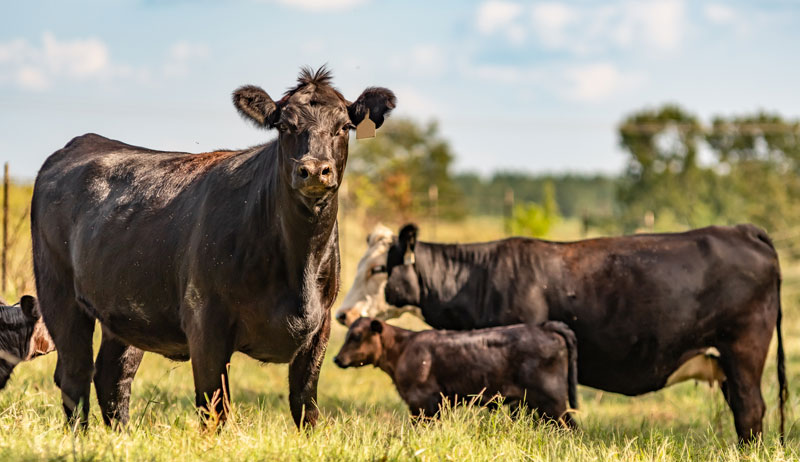The thought of home-raised meat that has been fed by hand, carefully tended to and humanely butchered to fill your family’s freezer is enticing to many a homesteader. Whether it’s a flock of meat chickens in the back coop, some rabbits in the new hutch, or a couple of beef cattle calves that you’ve bought, it’s hard to beat home-grown meat raised right.
Purchasing and raising beef cattle can seem like a huge step—a daunting thought and rather large commitment. It’s true that cattle are for sure a bigger project than a handful of chicks. But the return you get for your effort is also much greater.
Raising beef cattle can offer a great learning experience for not only you but the entire family! Here are several tips that will help you get started on the right “hoof” when you decide to purchase your first beef cattle:
1. Know the Purpose of Your Beef Cattle
Knowing what the purpose is for your cattle will be helpful when picking out your cattle. It will also benefit you in the long run, as you seek to make them a profitable addition to your homestead. This is true even if the return comes simply in the form of fresh milk for your family and not necessarily additional dollars.
For example, while Angus beef cattle will produce milk, it’s generally not as much of a quantity as the milk that would come from a dairy cow such as a Holstein or Jersey. So if looking for a high-producing milk cow, Angus likely wouldn’t be one of your top choices.
2. Look for Good-Quality Animals
High-quality beef cattle with good genetics and calm dispositions are especially desirable. Genetics will play a larger role in your search if you think you might want to eventually begin breeding cattle and are searching for heifers and bulls to raise and breed.
Good conformation, though not necessarily a major factor for an animal you intend to raise and butcher, is also important if you ever hope to raise cattle to breed. Yet even in the shorter-term scenarios, confirmation can still play a major role.
For example, a heifer with poorly conformed hooves can begin to stand and distribute her weight unevenly among the hooves. This could eventually lead to lameness.
As far as the disposition of the family calf goes, it is very important to consider as it will likely grow up and be handled around (if not by) any children in the family. Look for an animal with a calm nature that has been raised by a gentle handler. Then continue to use gentle handling practices and keep a calm environment for the animal to grow up in.
Read more: Here are some more tips for purchasing cattle for homegrown beef.
3. Purchase from an Individual
While the thought of stepping into a live sale at a local sale barn might seem intriguing, keep in mind…

